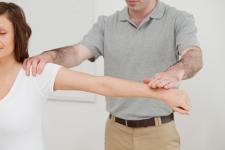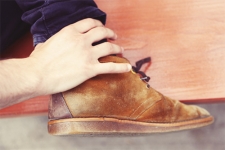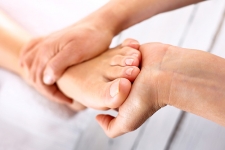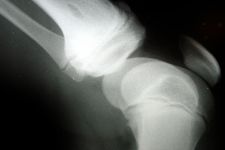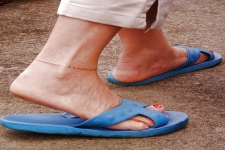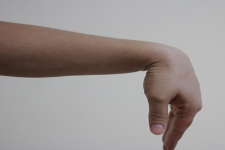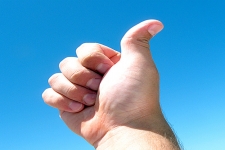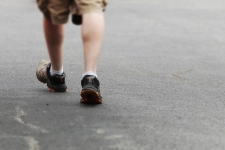Rotator Cuff
Your rotator cuff located in your shoulder and is a network of muscles – four, to be exact – that come together as tendons to form a covering around the head of the humerus and work to keep your arm in the shoulder socket. The rotator cuff also attaches the humerus to the shoulder blade and helps to lift and rotate your arm. Between the bone and rotator cuff is a lubricating sac – called a bursa – which lets the tendons within the rotator cuff glide smoothly and freely when your arm is moved.

